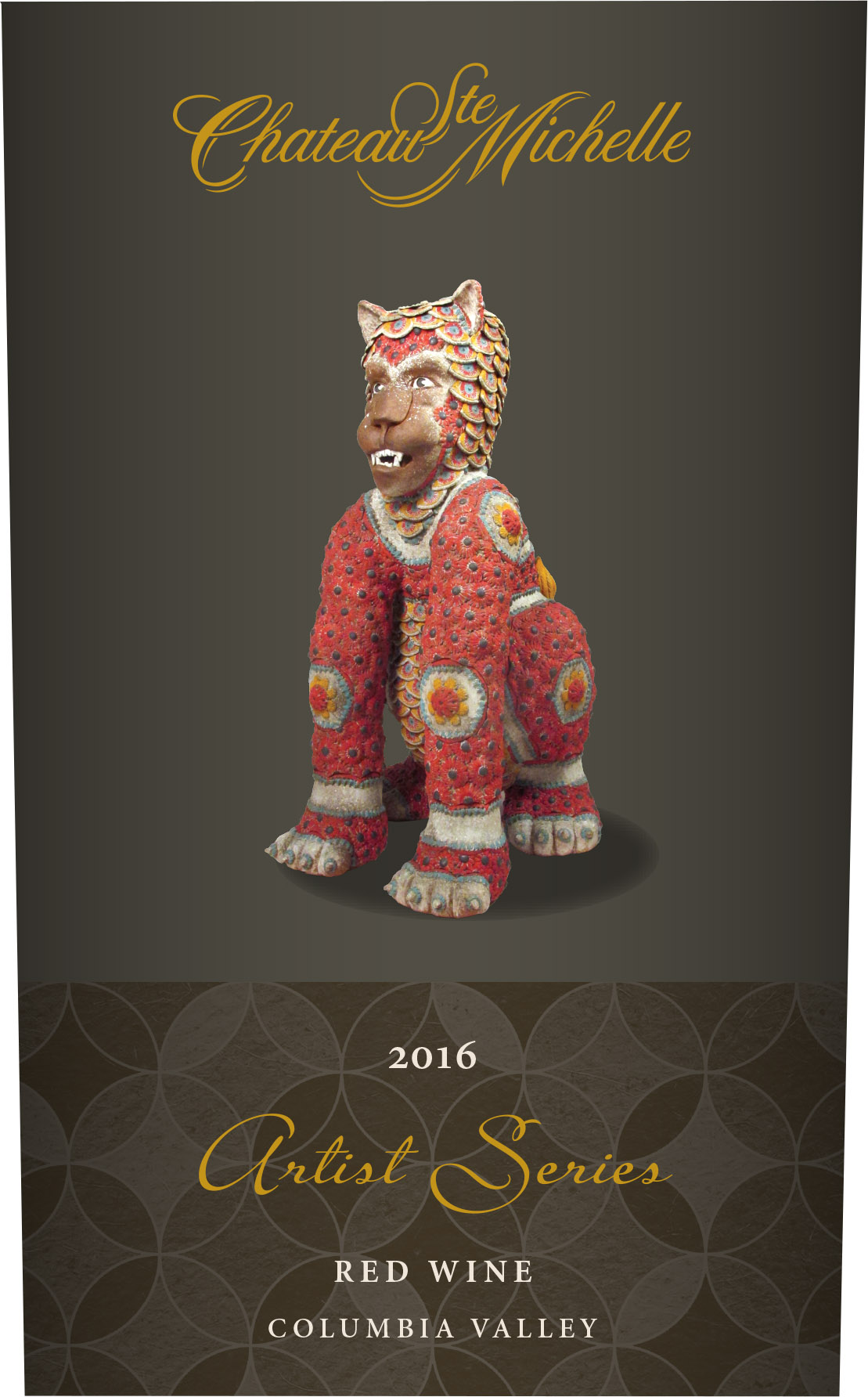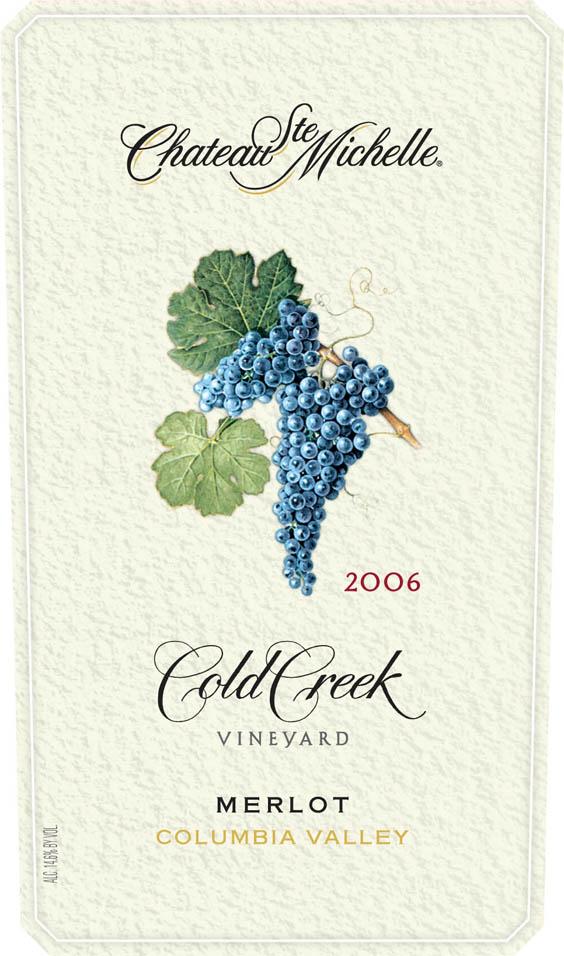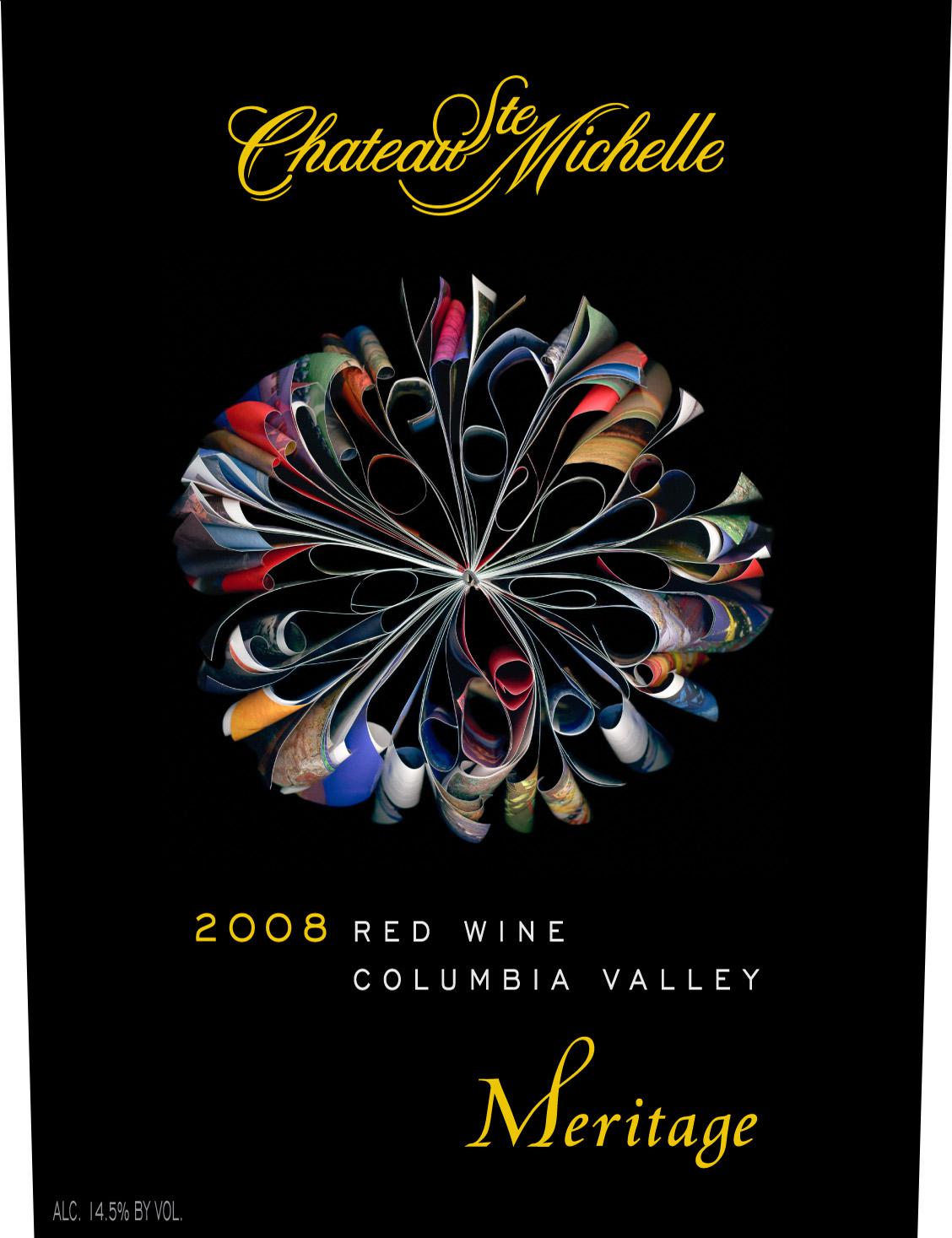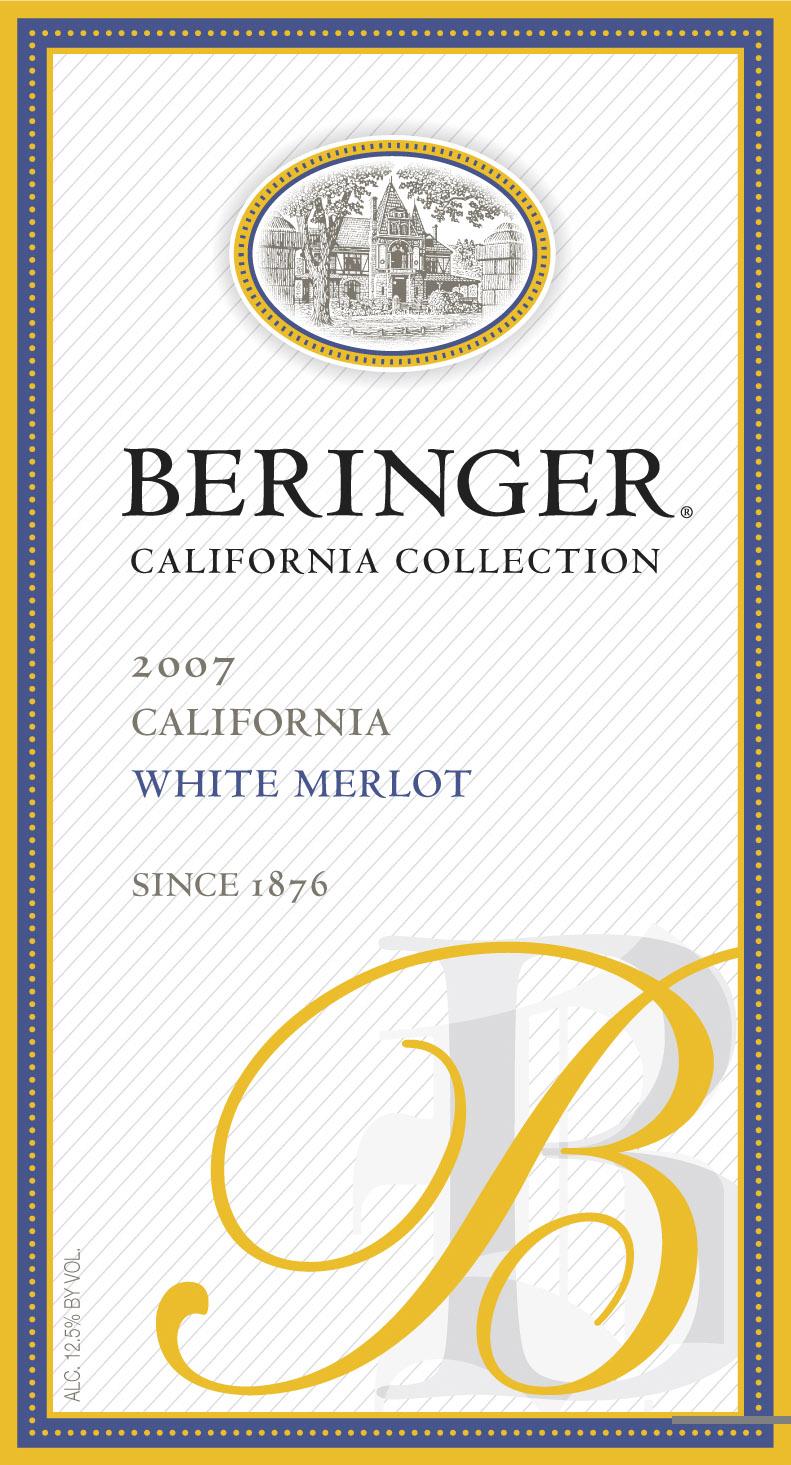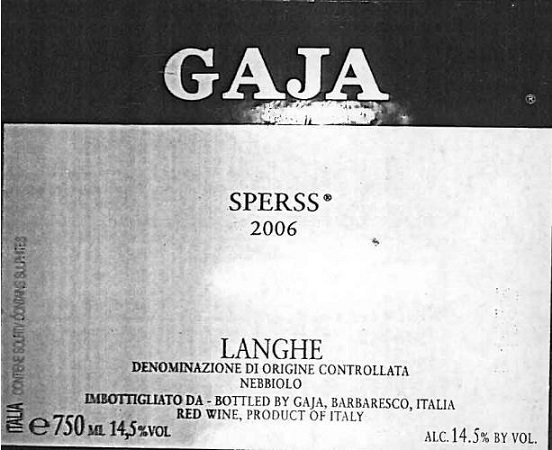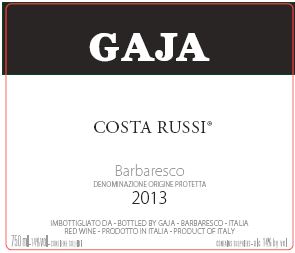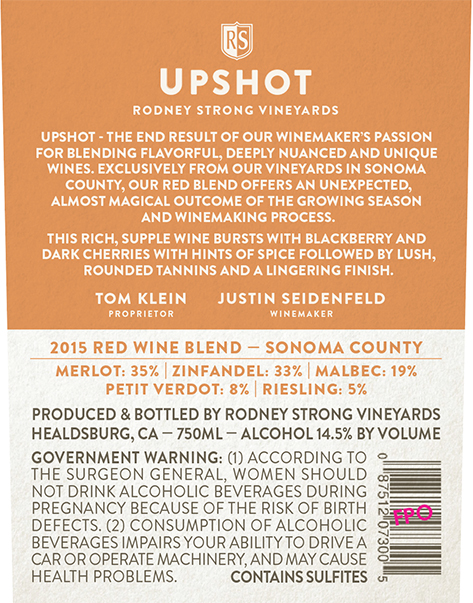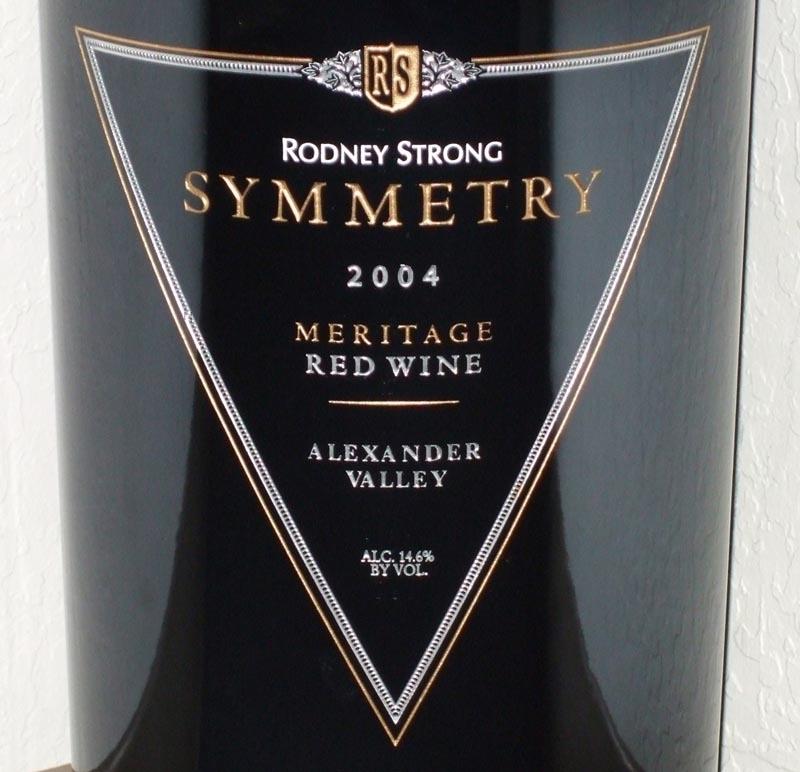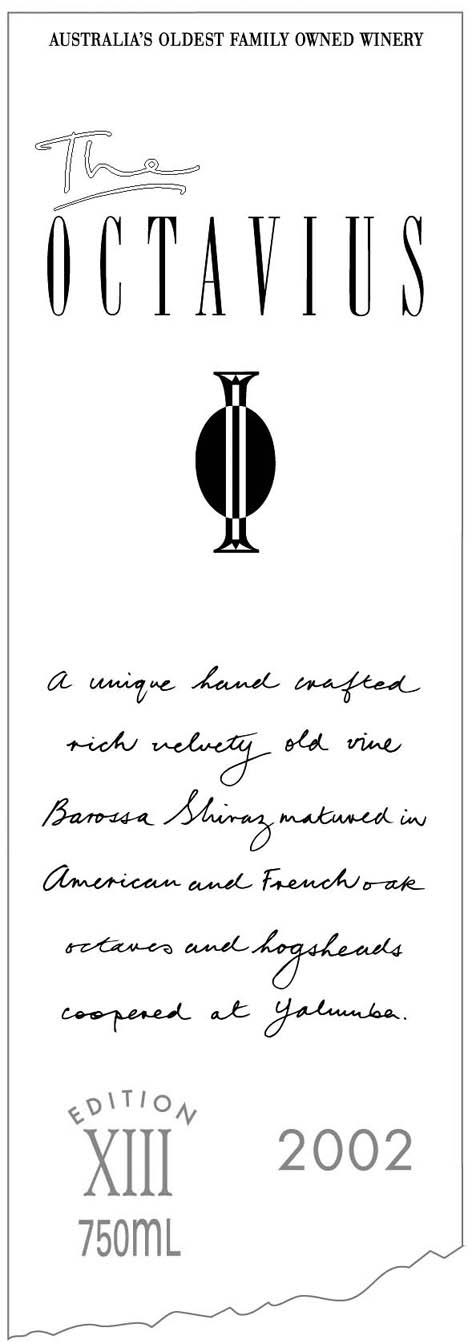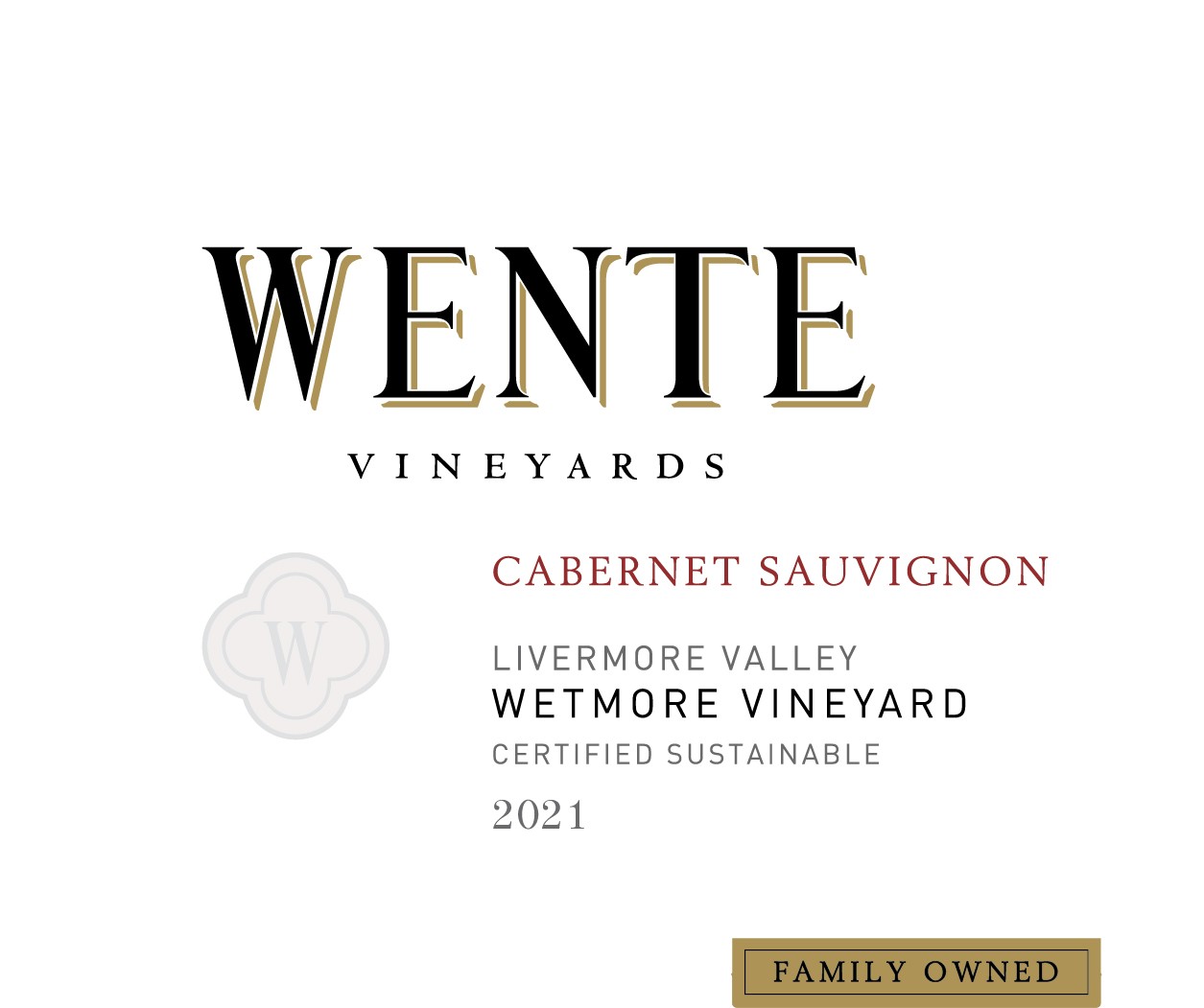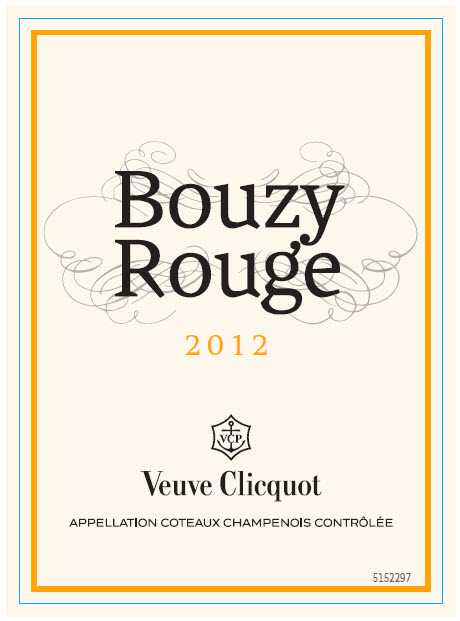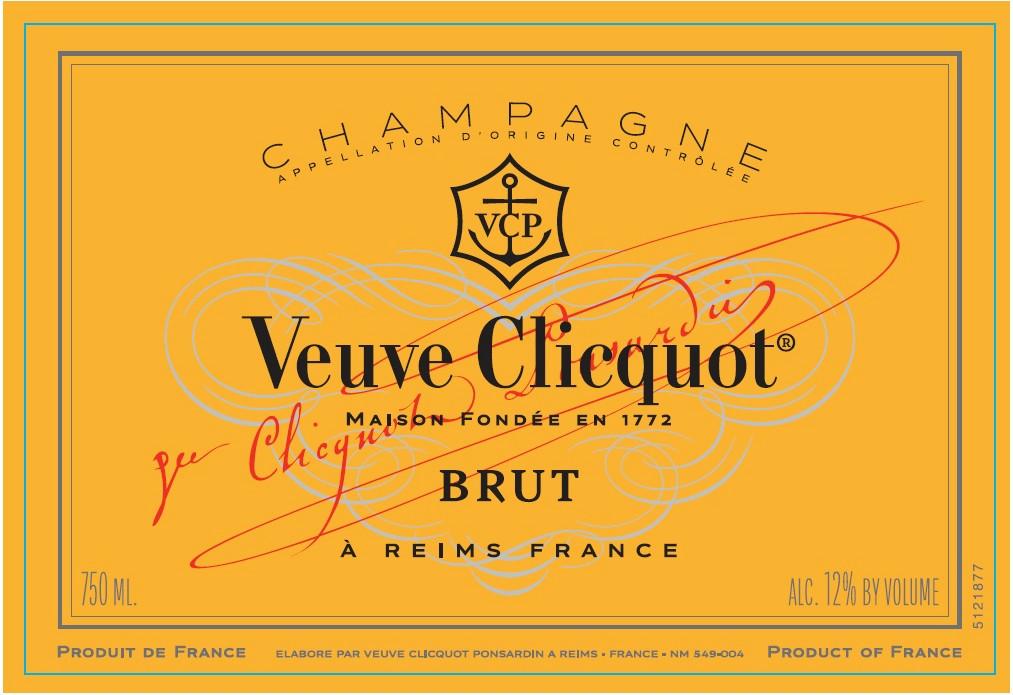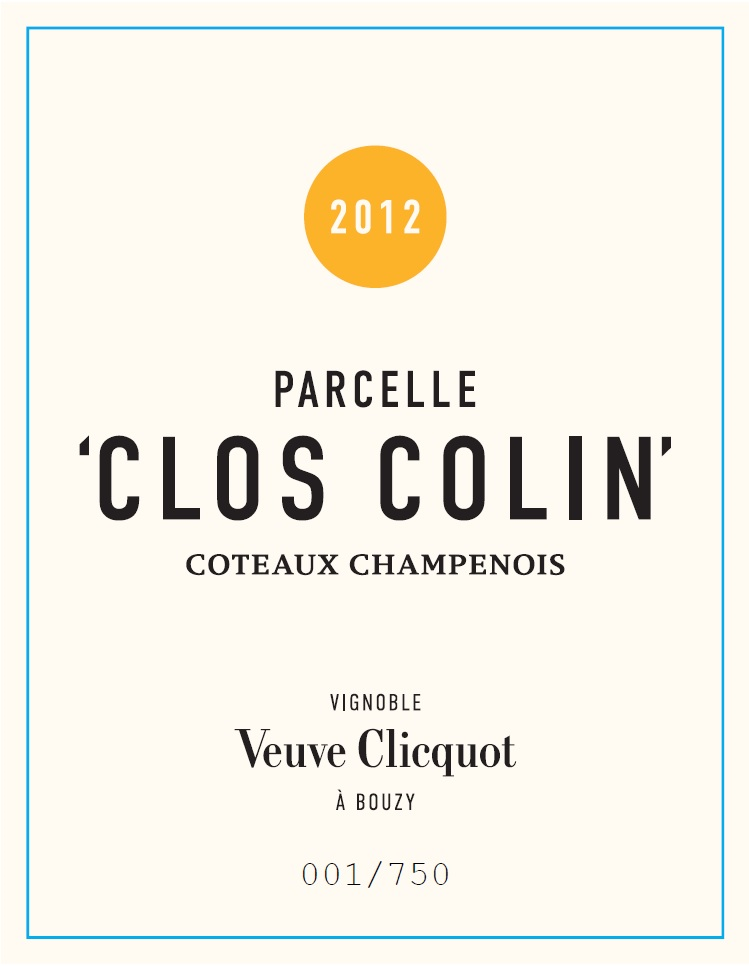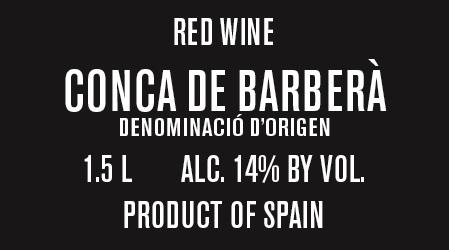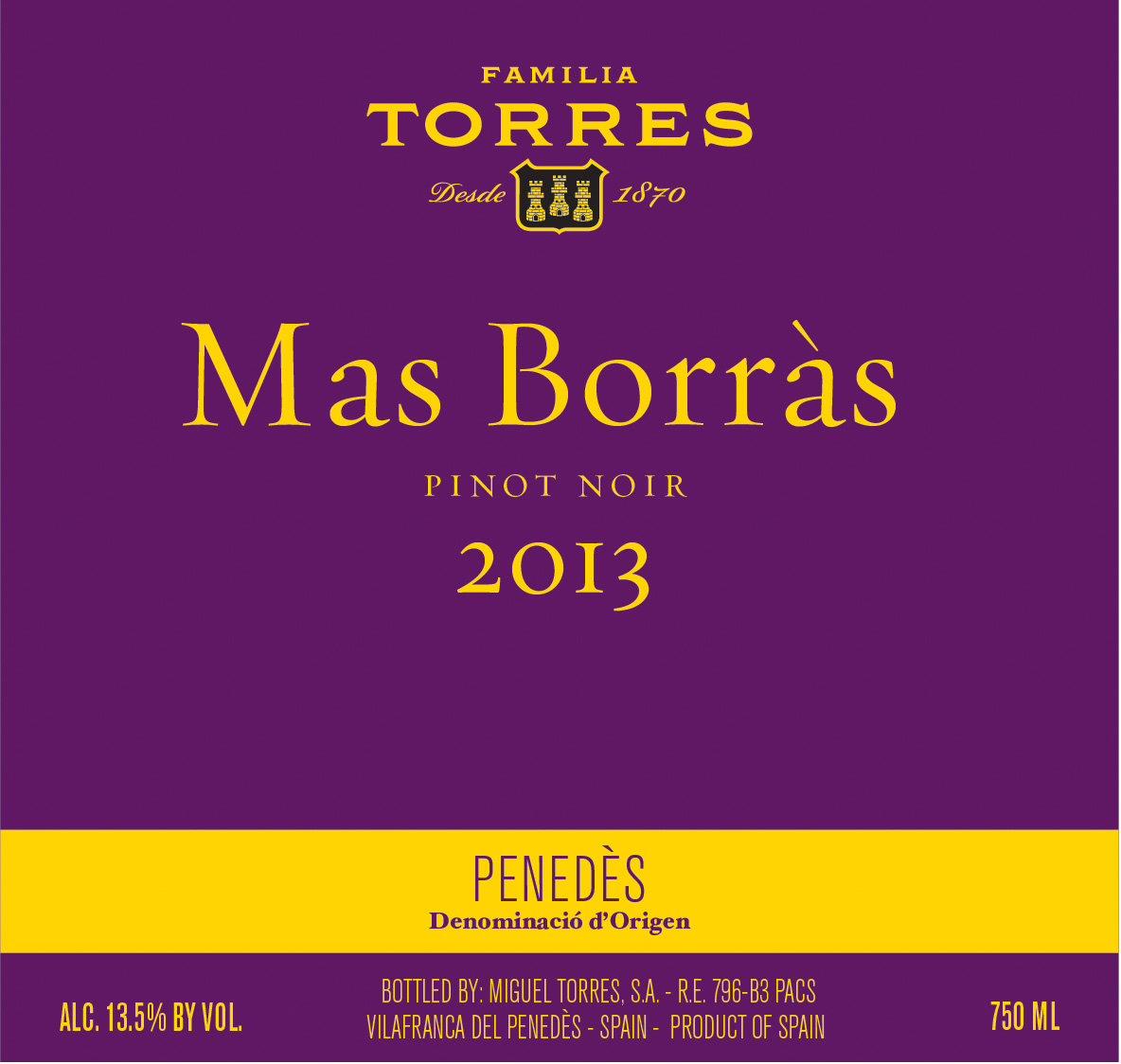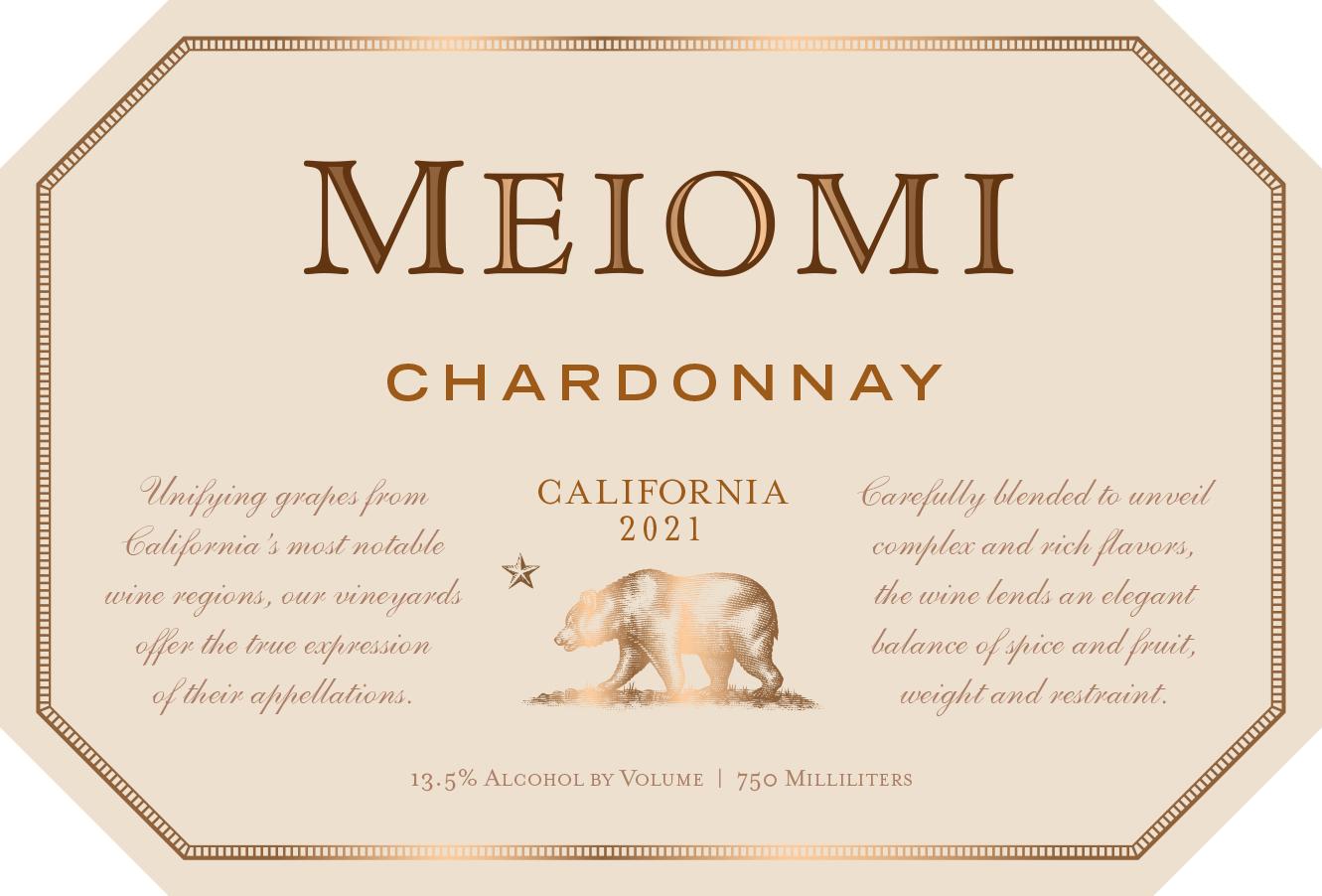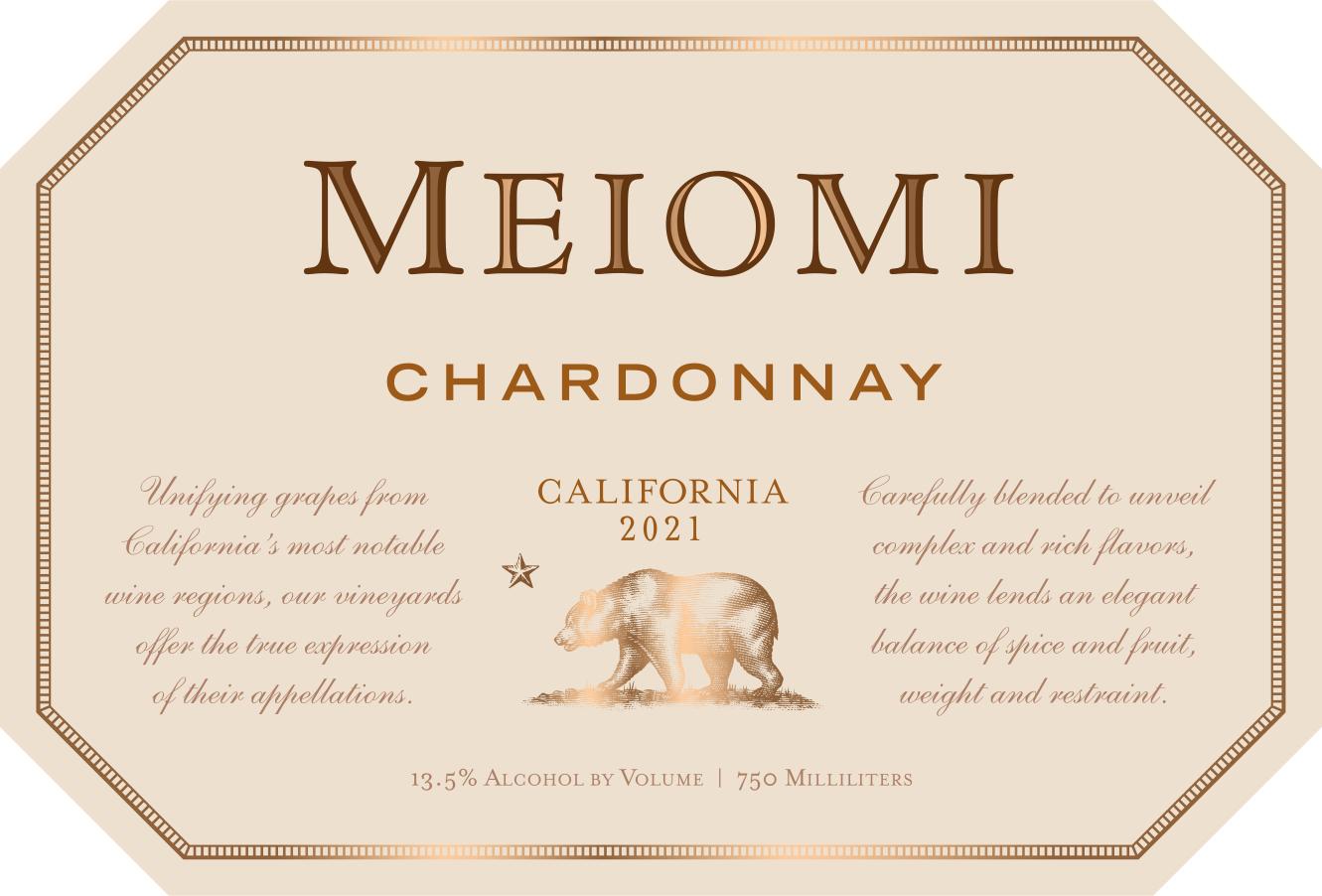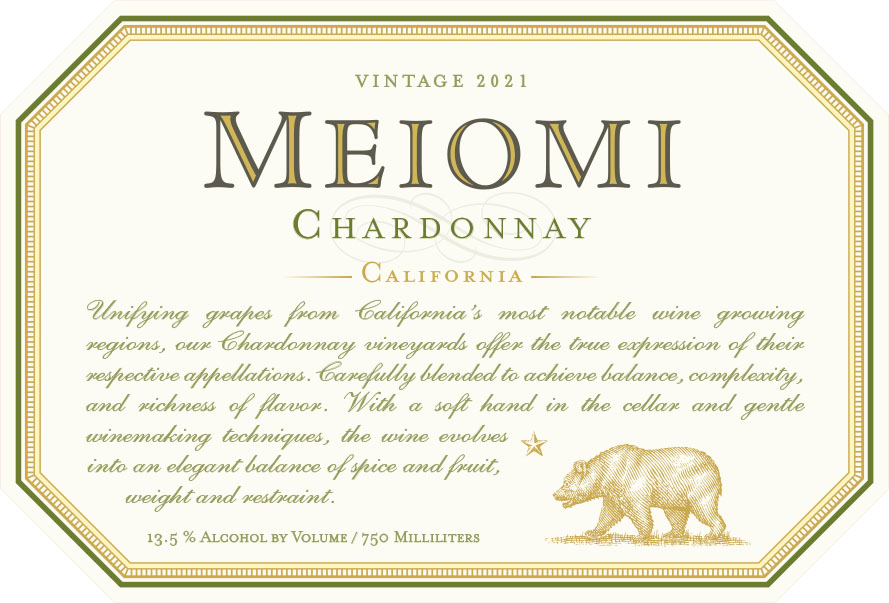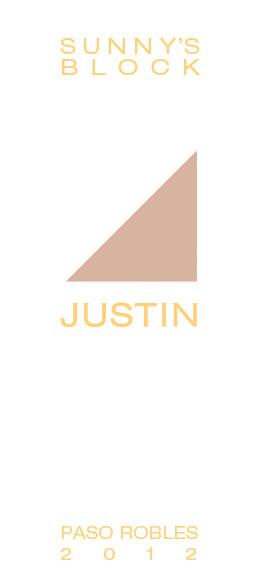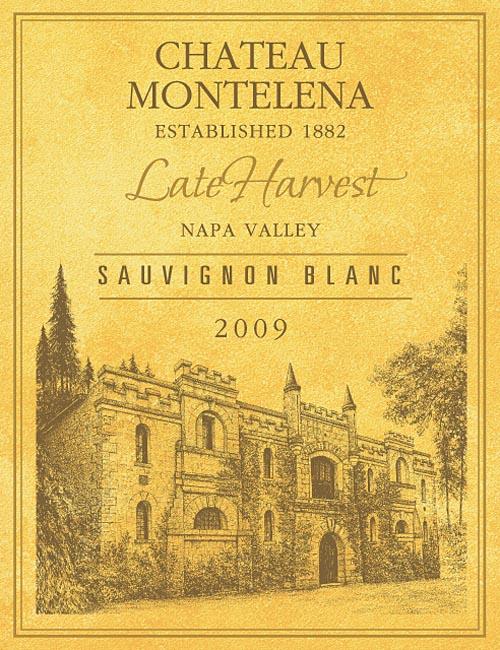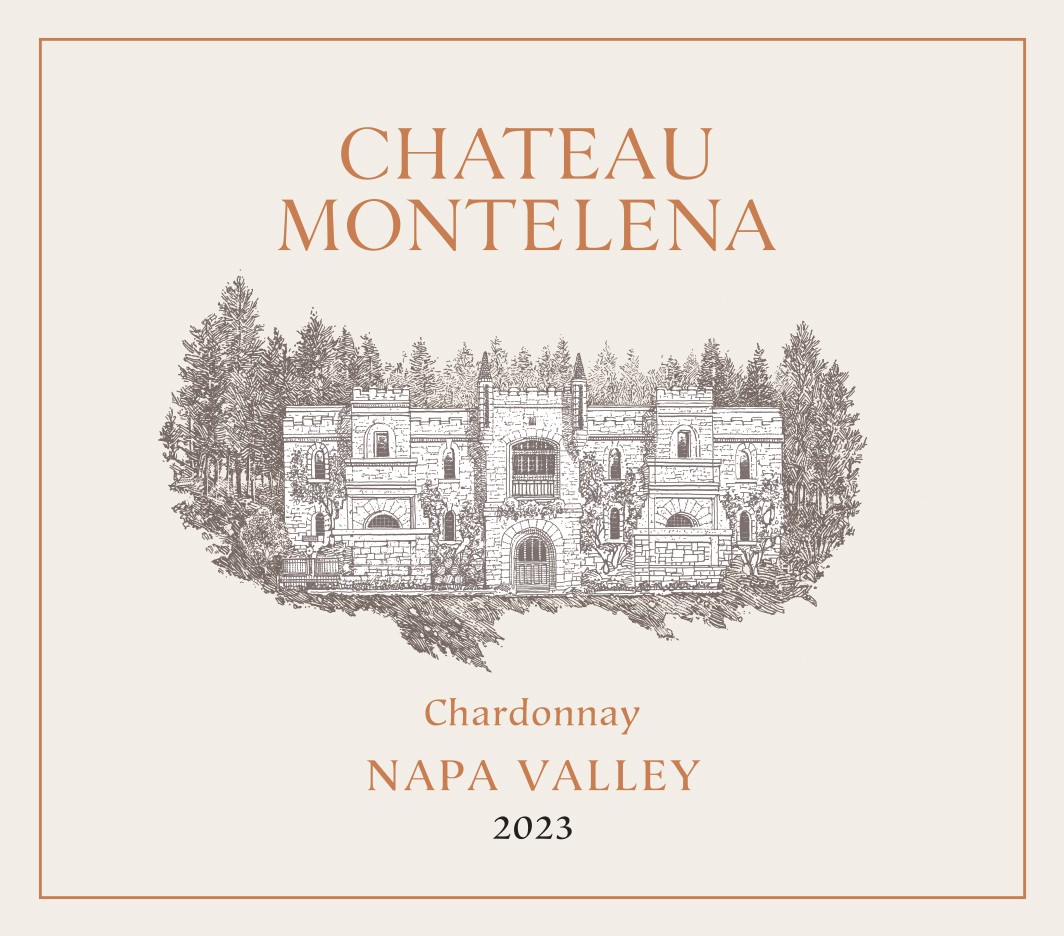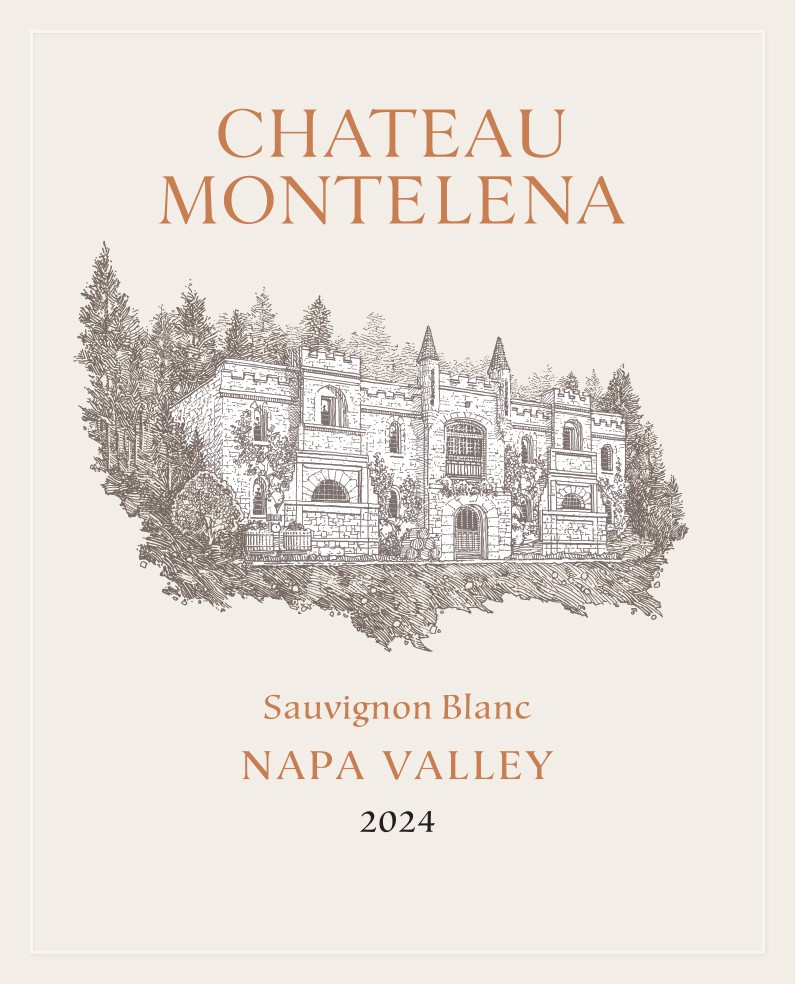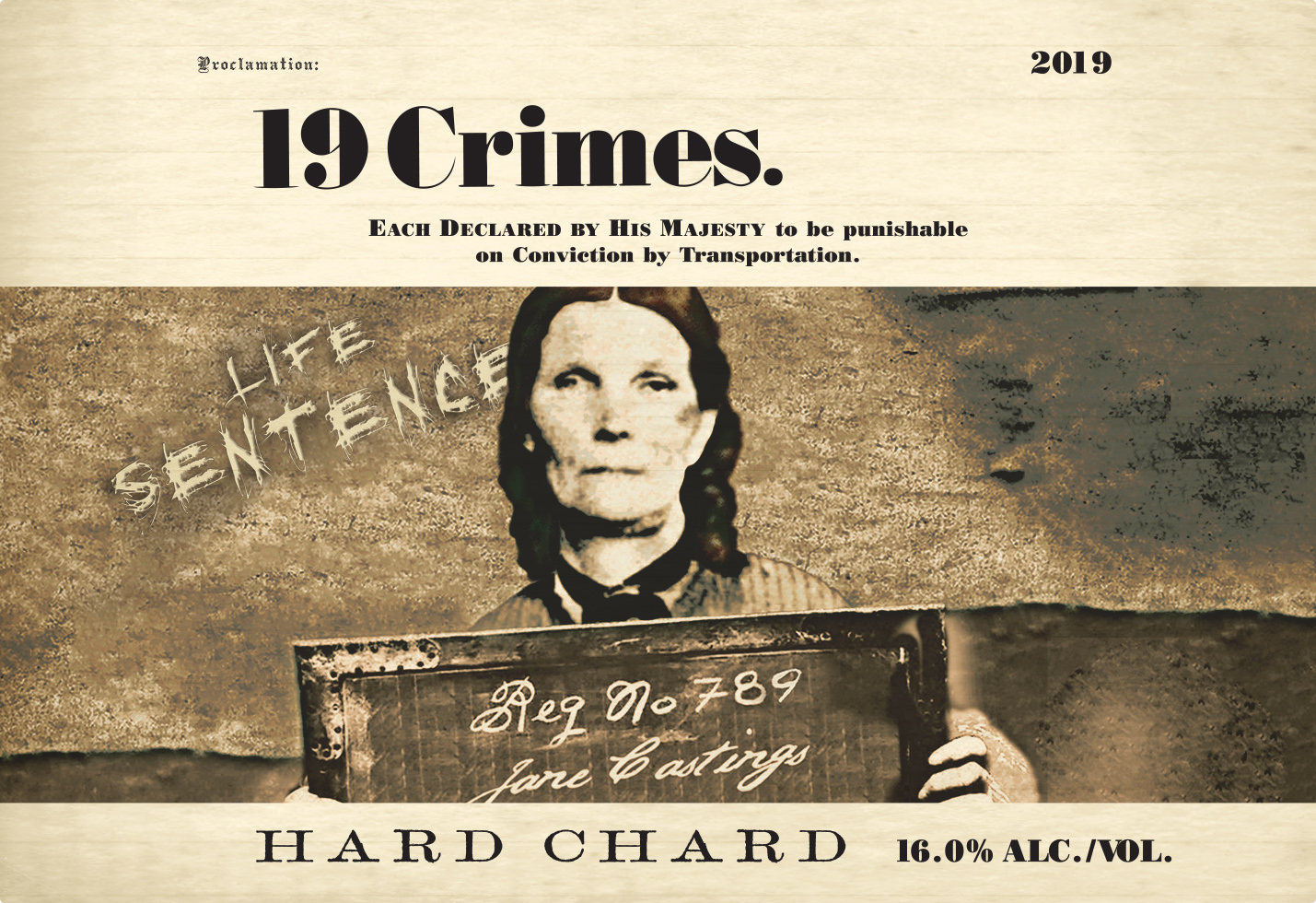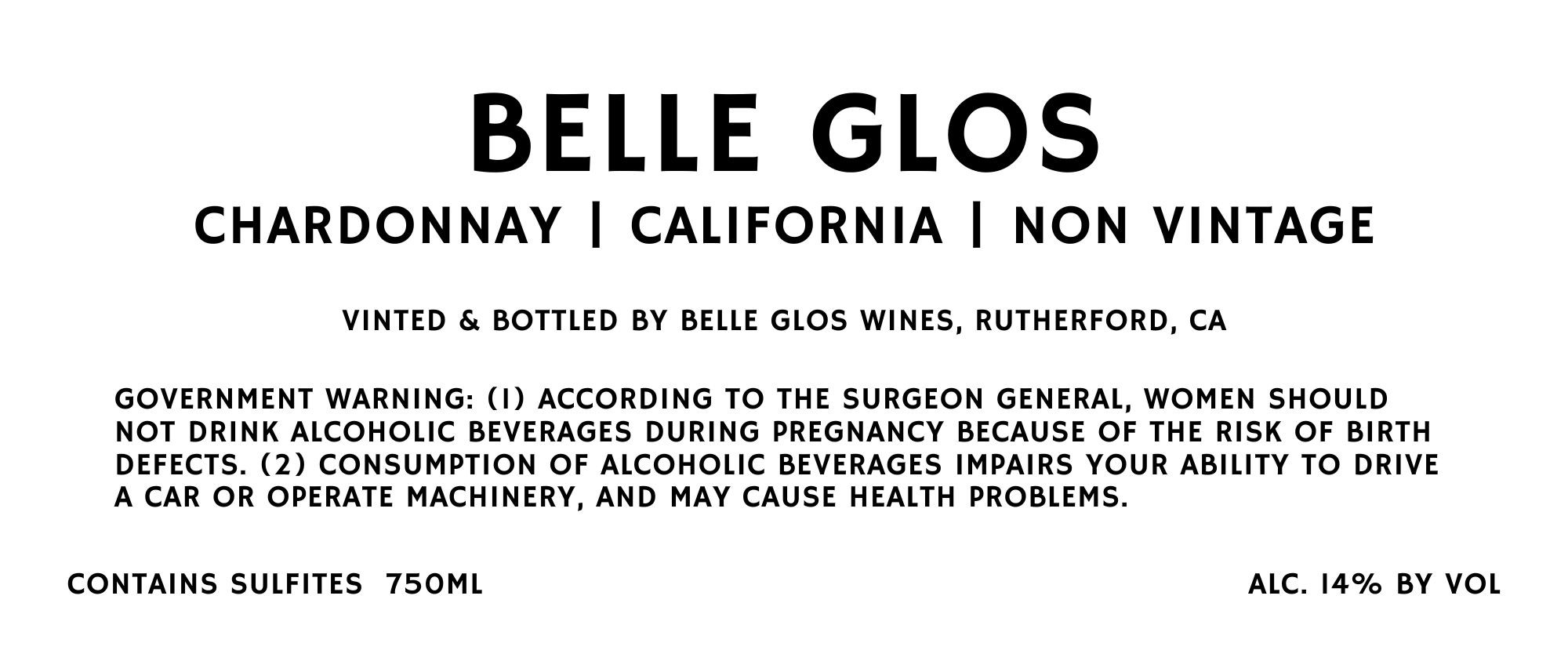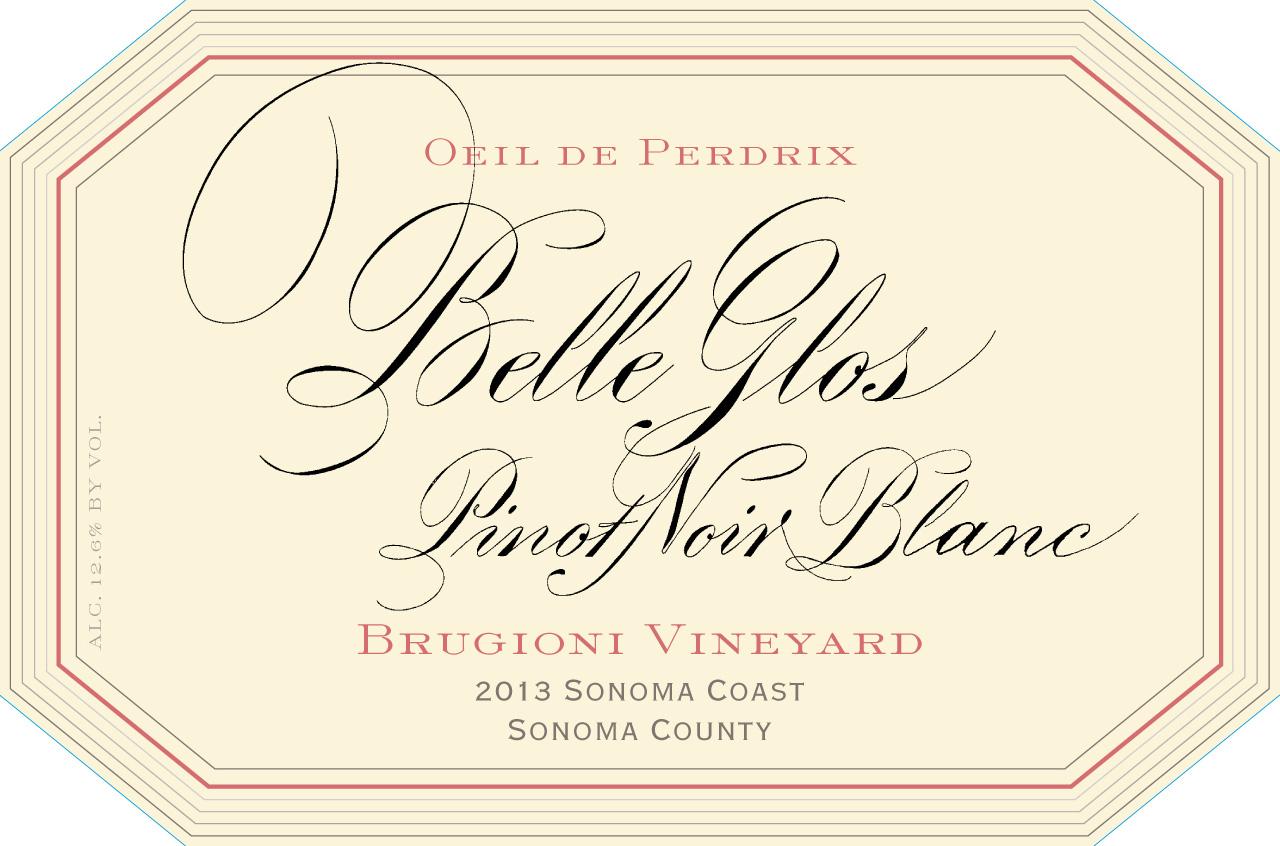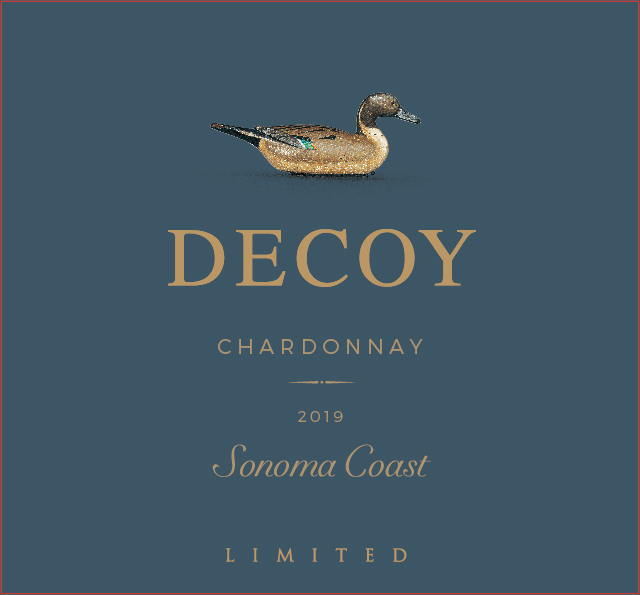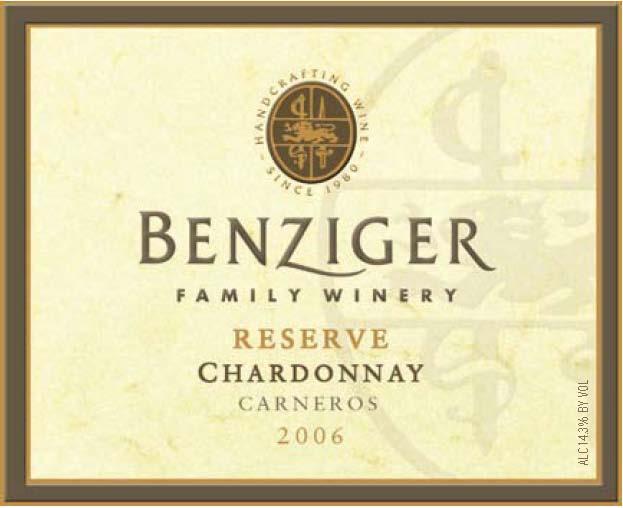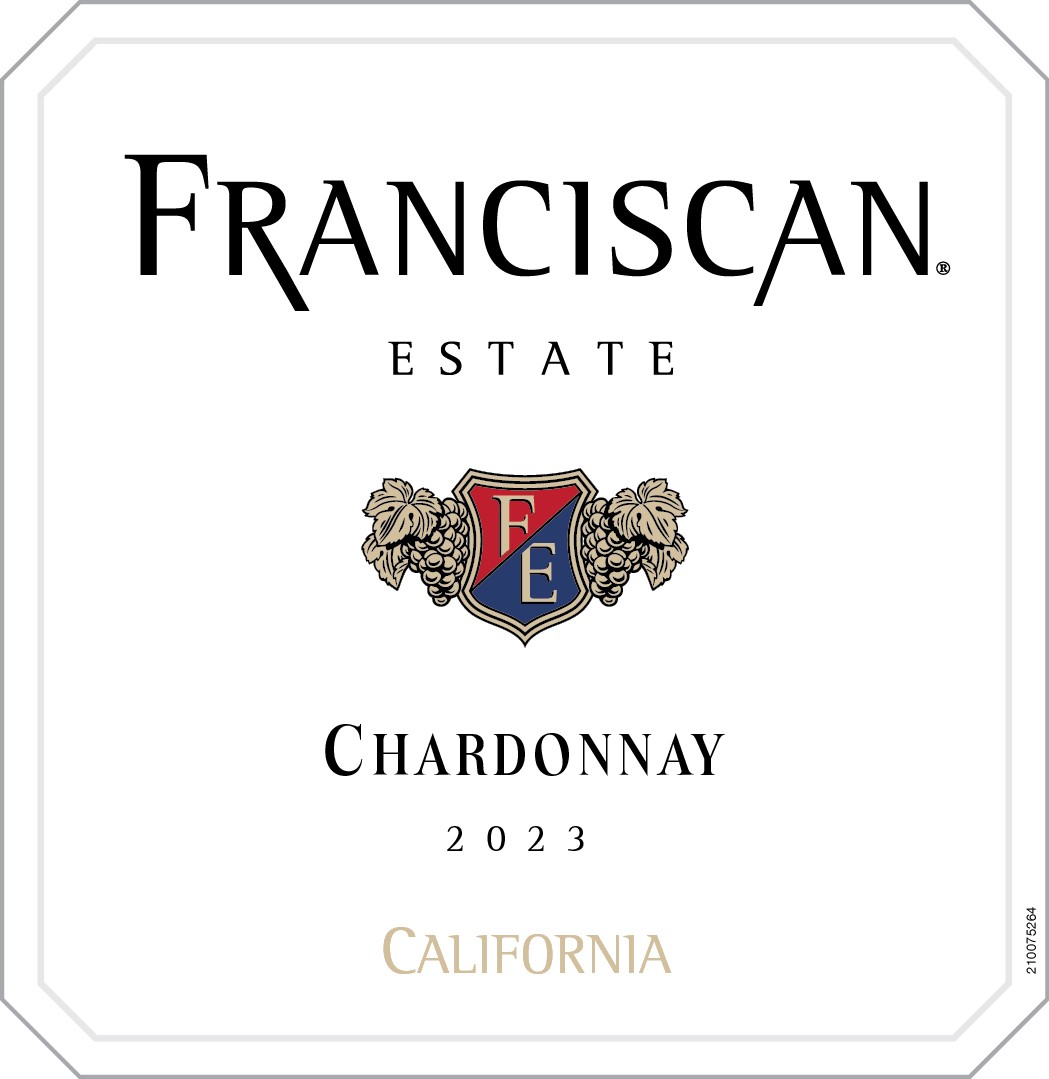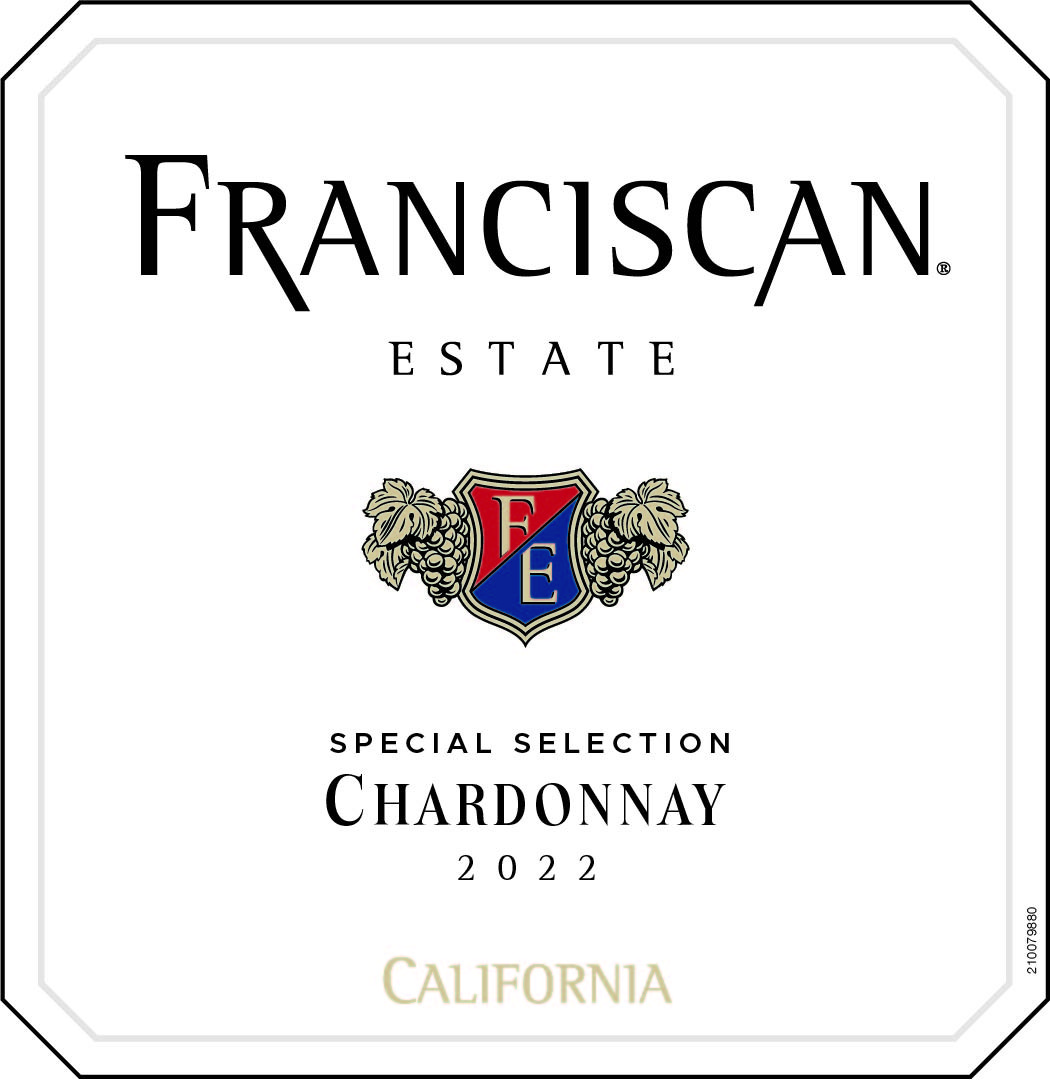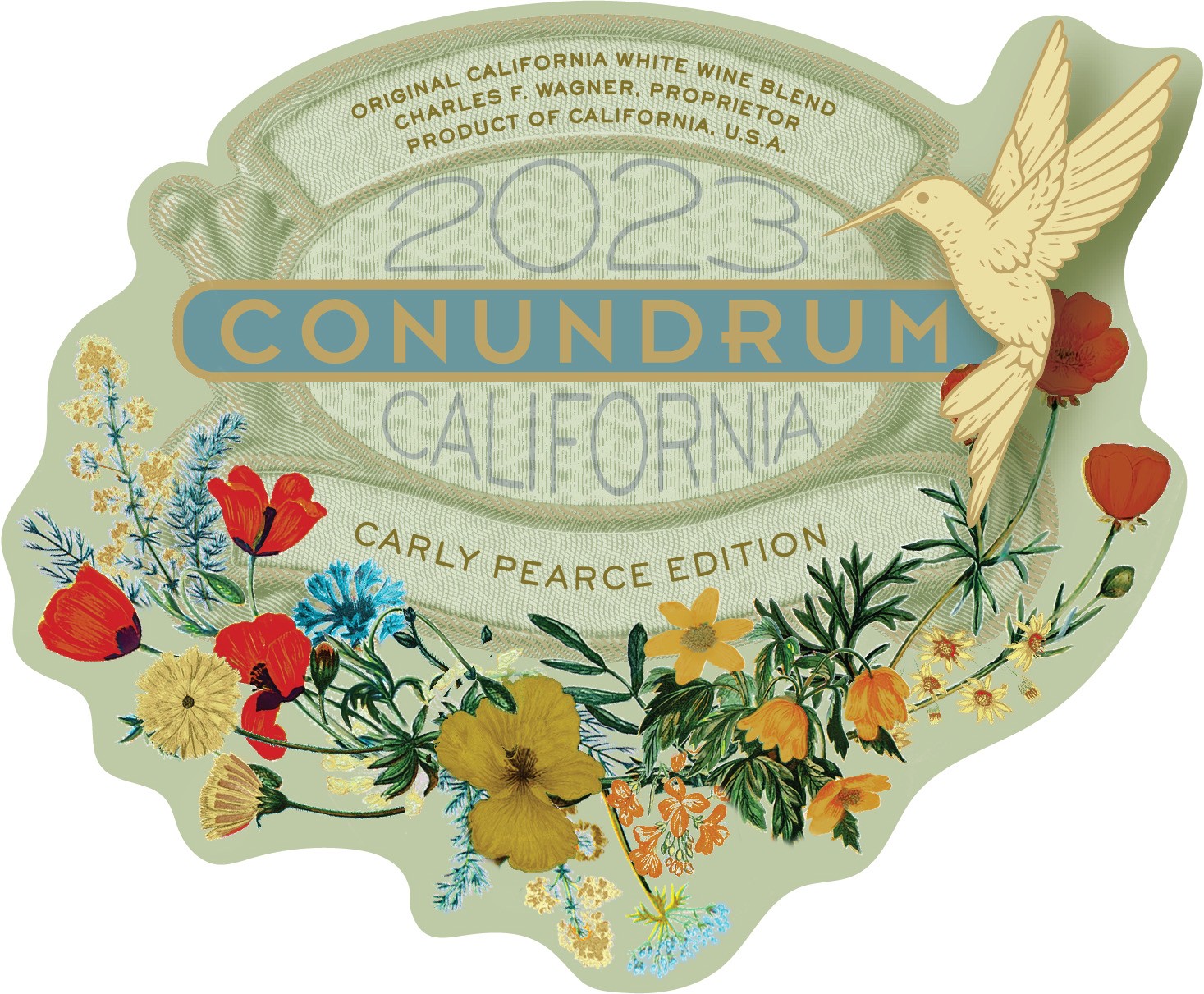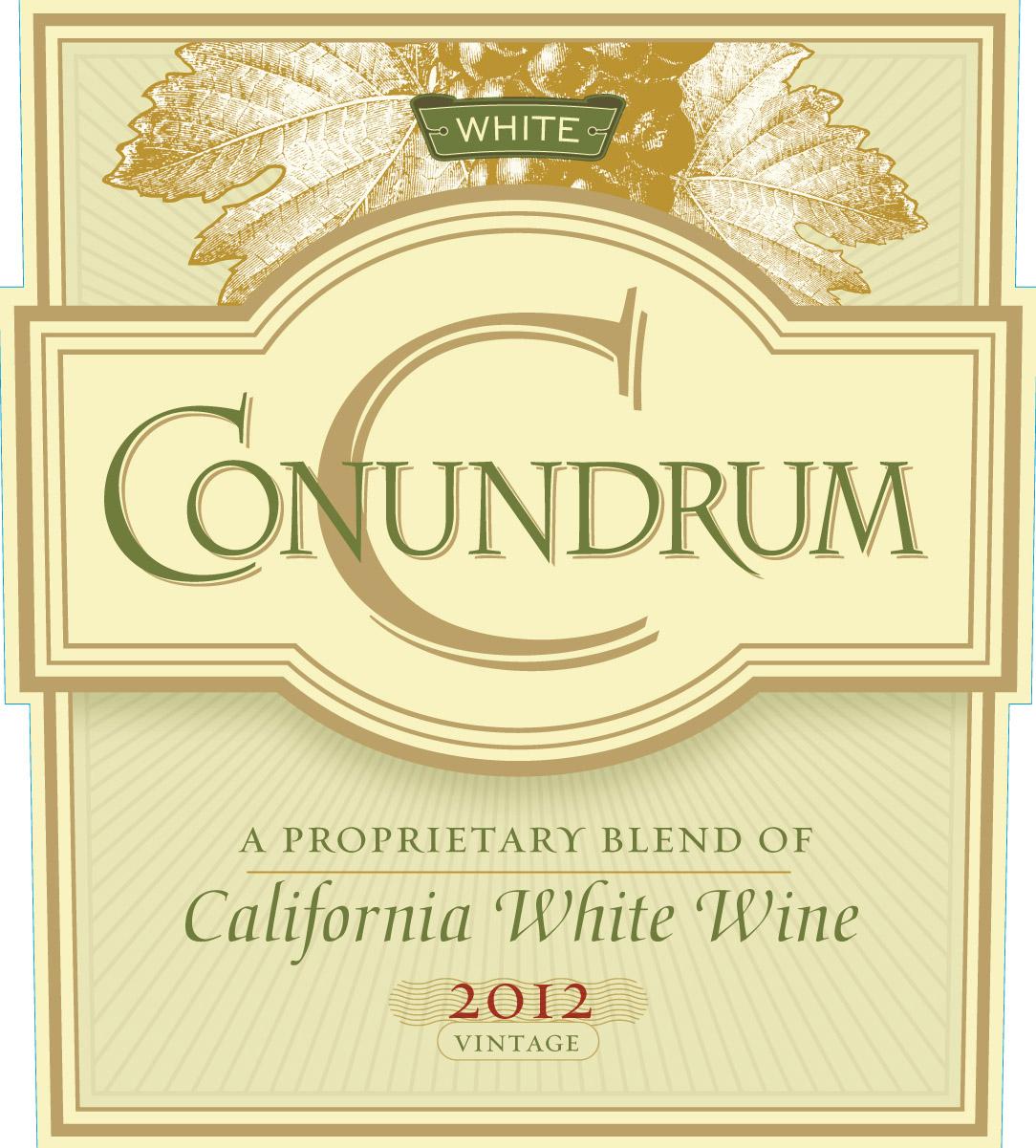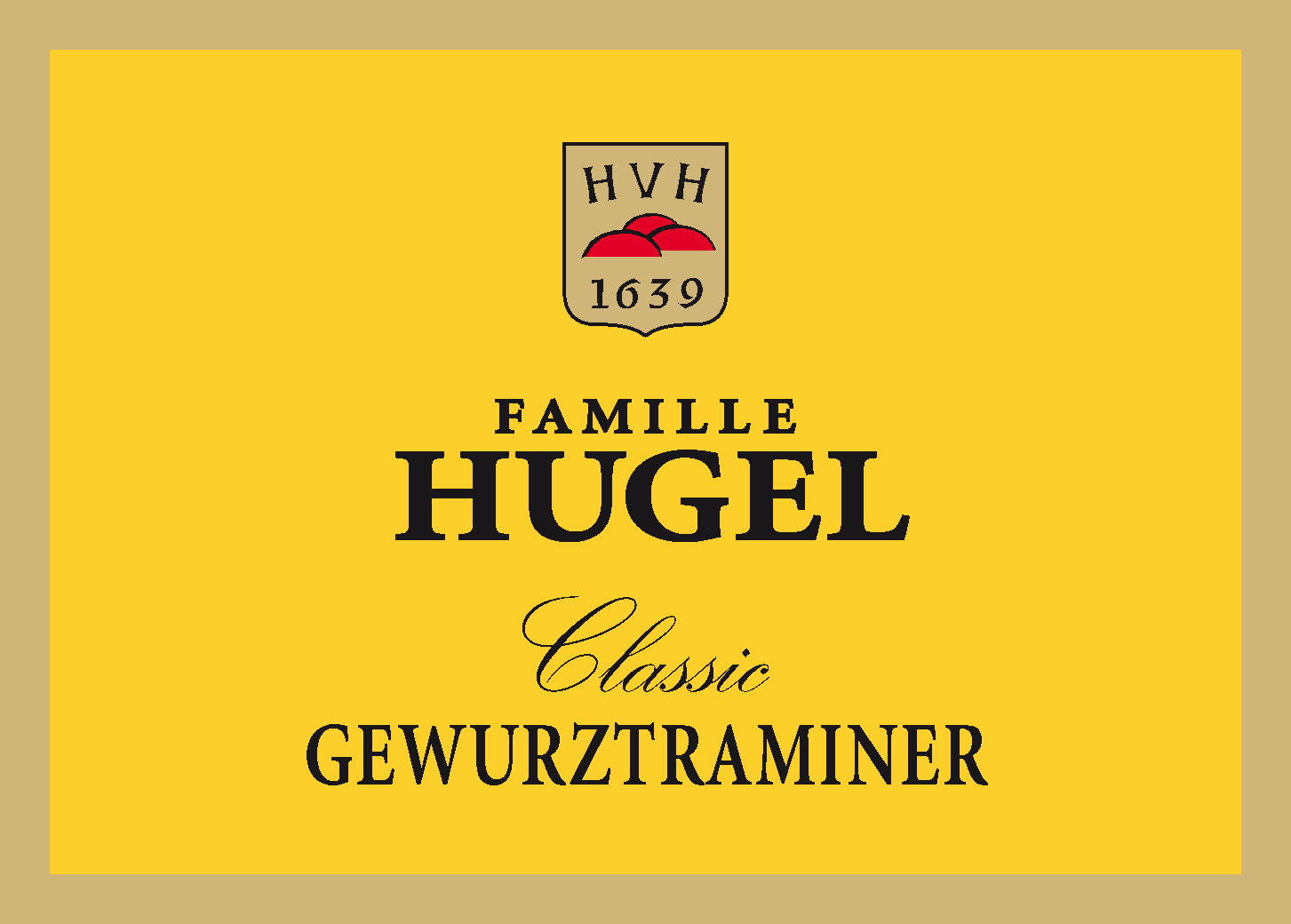Terroir of Columbia Gorge AVA
The Columbia Gorge AVA has a unique terroir shaped by dramatic climate contrasts and diverse soils. As you move from west to east, rainfall drops from 36 inches to less than 10. This shift takes you from a moist, maritime climate to a dry, desert-like environment. The Columbia River helps moderate this climate, allowing many grape varieties to thrive.
Vineyards here benefit from different elevations, from river plains to steep foothills, creating microclimates for both cool and warm climate varieties. The soil is a mix of basalt, glacial outwash, and volcanic debris, adding complex flavors to the wines. The Missoula Floods left behind terraces of cobble and gravel, which improve drainage and control growth.
South-facing slopes and elevated sites protect against frost, supporting sustainable farming practices. This results in wines that truly reflect the dynamic landscape of the region.
Notable Wineries in Columbia Gorge AVA
The Columbia Gorge AVA, with its diverse climate and dramatic landscapes, is home to a variety of notable wineries that capture the essence of this unique region. Here are a few highlights:
-
Maryhill Winery: Located in Goldendale, WA, this large producer is famed for its river-view tasting room and broad portfolio of wines.
-
Syncline Winery: A family-run estate in Lyle, WA, known for its elegant Rhône-style wines made with minimal intervention.
-
Domaine Pouillon: Also in Lyle, this boutique winery crafts small batches of Rhône varietals using traditional methods.
-
Analemma Estate: Based in Mosier, OR, this biodynamic farm focuses on aromatic wines that pair beautifully with food.
These wineries, along with many other small producers, contribute to the vibrant and collaborative wine culture of the Columbia Gorge.
Sustainable Winemaking in Columbia Gorge AVA
The Columbia Gorge AVA is a beacon of sustainability, where many producers are committed to eco-friendly viticulture practices.
Emphasizing organic and biodynamic methods, vineyards in this region often use indigenous yeast fermentations to highlight the terroir. Thanks to the varied climate, especially the wetter western areas, dry farming is more feasible, reducing the need for irrigation.
Vineyards maintain natural vegetation and employ cover crops to enhance soil health and prevent erosion.
While not all producers pursue certifications, there is a strong regional focus on wise water management, integrated pest control, and renewable energy use. This collective dedication ensures that the Columbia Gorge not only produces distinctive wines but also preserves its breathtaking environment.
Wine Tourism in Columbia Gorge AVA
Wine tourism in the Columbia Gorge AVA offers a unique blend of activities that highlight the region's diverse climate and stunning landscapes.
Visitors can explore tasting rooms near Hood River, Oregon, and White Salmon, Washington, where wine flights are often paired with breathtaking views of the Columbia River and surrounding mountains.
Regional maps guide self-directed wine trails, while guided van and shuttle tours provide a more structured experience.
Outdoor enthusiasts can enjoy windsurfing, kiteboarding, hiking, and cycling, with e-bike rentals available for vineyard visits.
Culinary experiences abound, featuring farm-to-table restaurants and wine bars, alongside events like harvest festivals and barrel tastings.
Accommodation options range from cozy B&Bs to hotels with river views, ensuring a comfortable stay close to the wineries.
This region combines wine, culture, and outdoor adventure, creating a memorable experience for wine lovers and tourists alike.



